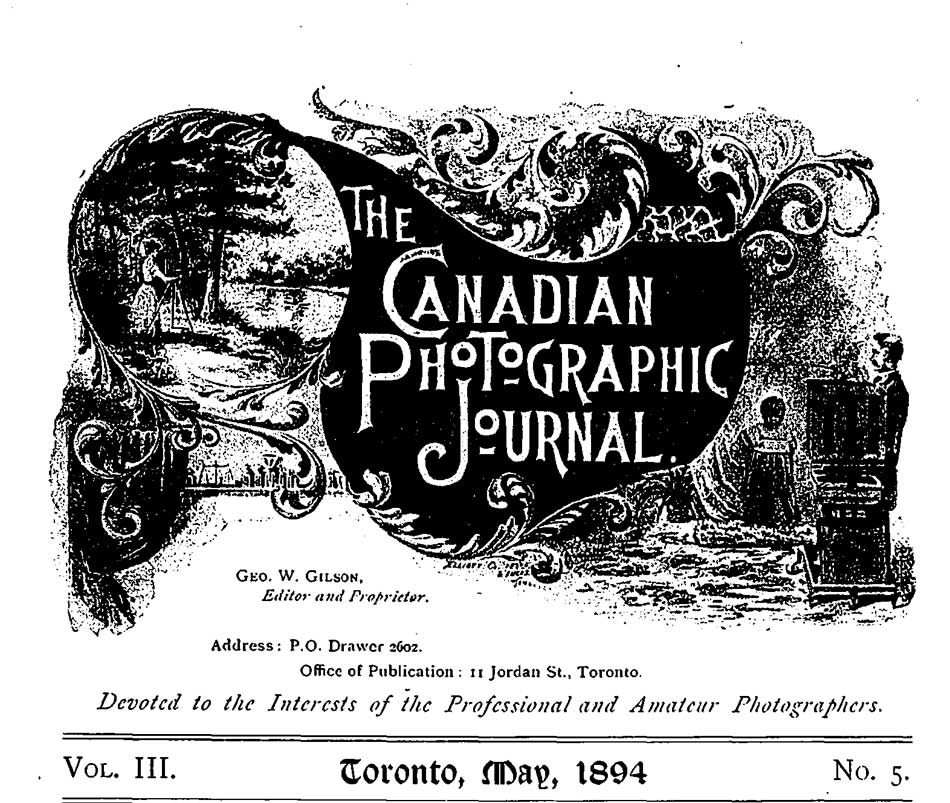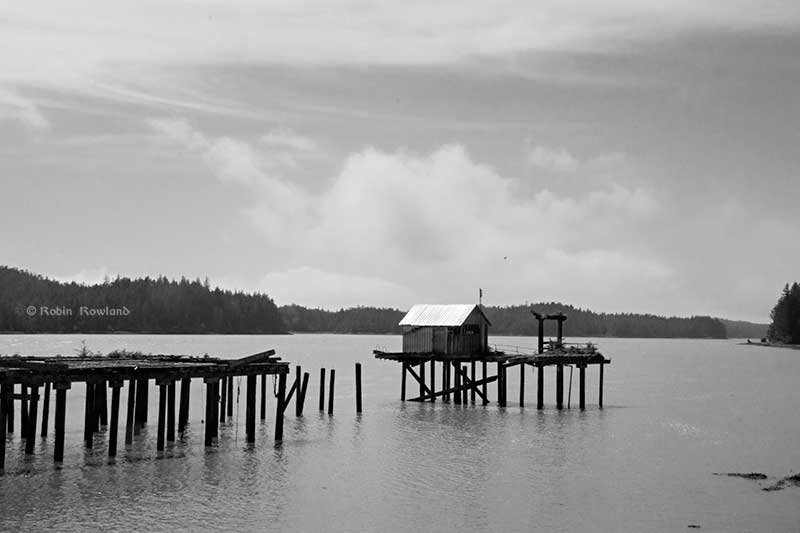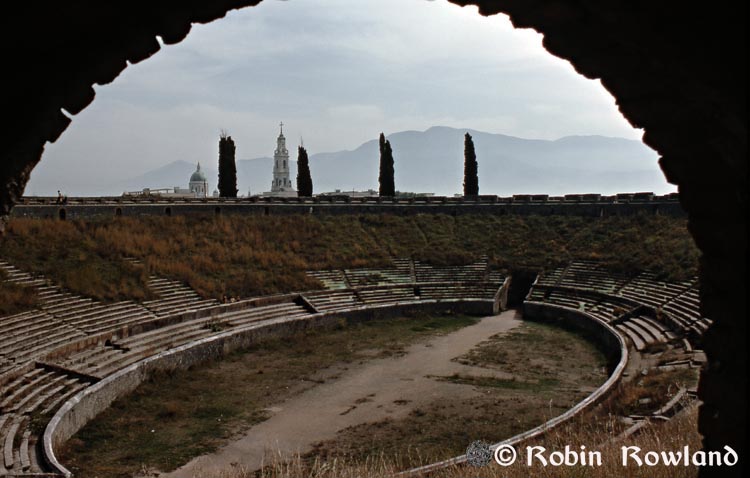The Kitimat branch line operating trestle bridges
The 38.5 mile (62 kilometre) Canadian National Railways branch line from Terrace to Kitimat is one of the last working rail lines in North America that still uses wooden trestle bridges. There are three large and three smaller trestles along the line, as well a large bridge built to cross the Skeena River at Terrace […]



